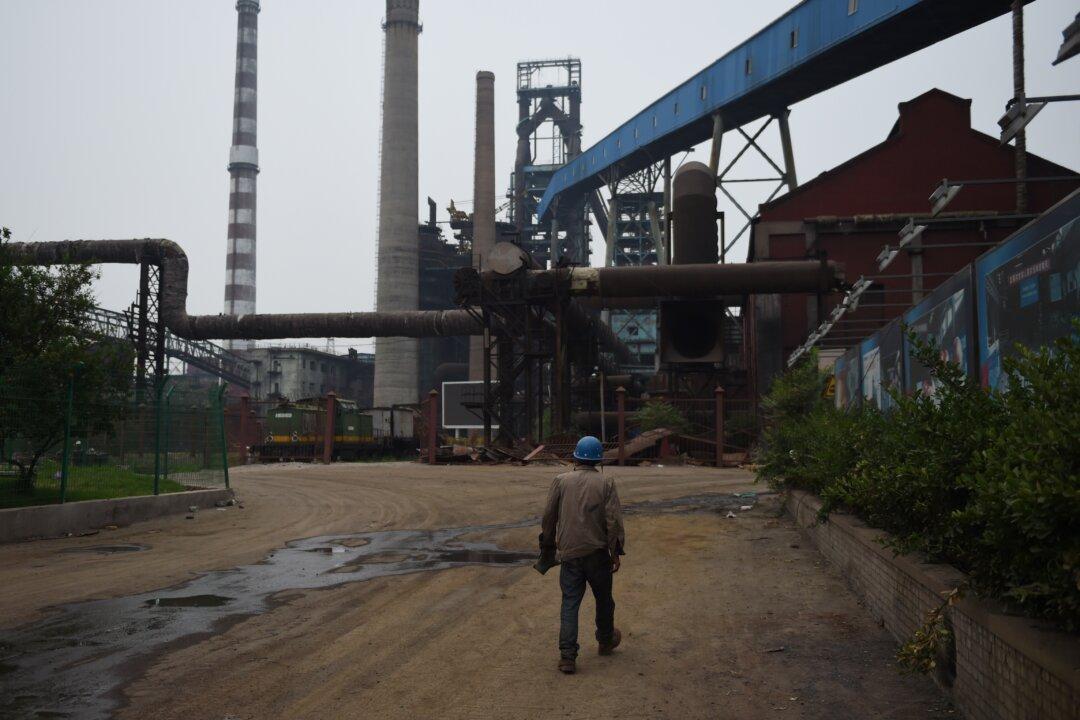Today I will talk about innovation and the Internet. I will start with the macro economy. Why do I raise the topic of innovation at this time? It’s because right now the Chinese economy cannot move forward without innovation.
Recession
Macroeconomic data in the past year or two showed a slowdown of China’s economic growth rate. Although GDP rates for this year’s Q1 and Q2 were posted as 7 percent, indicators of electricity, freight transport growth, enterprises, and so on clearly tell us that the economy is sliding into recession.
Why would there be a recession? Because after years of rapid growth, structural problems accumulated within the economy can no longer be ignored. Problems manifest at the macro level as growth rate slowdown, and on the micro level, businesses find it more and more difficult to operate.

